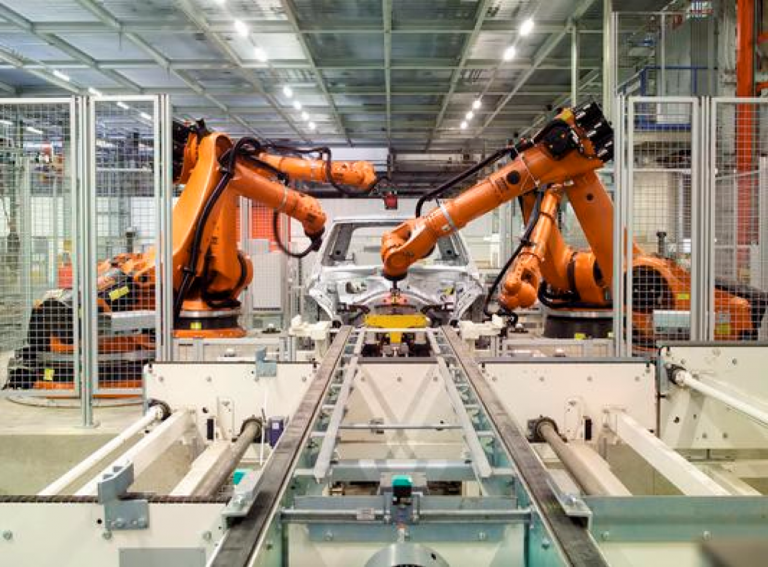The future of Industrial Robots
Unveiling the Prospects of Industrial Robots

"In today's global economy, manufacturers are increasingly adopting various automation strategies within their factories to gain a competitive edge," says Enrico Krog Iversen, CEO of Universal Robots.
How can businesses stay ahead and compete with manufacturers from other countries? This is the pivotal question faced by manufacturers in the Asian and Southeast Asian economies. The urgency is further heightened by the need to maintain high standards, minimize errors, and manage escalating labor costs.
This is where automation steps in. Robots not only break the monotony of a production line and reduce the risk of manual errors but also enable employees to focus on tasks where their expertise can be more effectively utilized.
Numerous studies have concluded that when integrated into the production process, robots enhance efficiency, maximize productivity, and contribute to a safer work environment.

Quality Management
Robots with low error margins ensure improved quality control, instilling manufacturers with the necessary confidence to concentrate on innovation and enhancing competitiveness. For instance, a robot operating within an error margin of +/- 0.1mm significantly reduces the time laborers would spend on quality checks. It also prevents resource wastage in rectifying inaccuracies.
Similarly, a robot's stable precision in its tasks contributes to the elimination of errors from human involvement and, more importantly, workplace accidents. Hence, robots tackling high-precision tasks, or minimizing errors, not only reduce mistakes but also eliminate workplace accidents, enhancing stability in product quality. Crucial here is the ability to assess and grasp technology by the workforce to fully realize the benefits of robots.
Operational Efficiency and Profitability
The ease of programming and deployment of robots serves as a competitive advantage in today's high-paced production environments where products need to be cost-effective. By eliminating the need for a tech expert to set up and install manufacturing robots, companies save deployment time, accelerate productivity, and optimize investments. Moreover, manufacturers save space allocated for robots, further economizing real estate costs.
A common misconception is that all robots are large, heavy, and complex. However, the emergence of smaller, mobile robots can have a significant impact on manufacturers when deployed strategically. These compact robots make the most of existing spaces, thus increasing deployment feasibility.
Lightweight robots can be easily wall-mounted or moved from one location to another, enhancing production flexibility. This is particularly advantageous when manufacturers need to expand, relocate, or scale their production operations.
Economic Safety
Robot technology has advanced hand in hand with an improved understanding of modern production environments. Studies on production environments and technological advancements in robotics have created environments where employees and robots collaborate for high profits and efficiency.
Safety features, including sensors to detect impact or obstructions within a robot's operational area, ensure that robots operate safely and effectively without causing harm. Performing monotonous tasks and, in many cases, those involving potential hazards, robots enhance the productivity of the labor force.
Rather than focusing on purchasing budget-friendly robots, considering long-term value instead of immediate cost can drive business growth. Post-sales services, product support, and training programs often contribute to the overall cost of robot ownership. Therefore, investing upfront may preempt hidden costs down the line.
In a customer-centric world, maintaining consistent accuracy is the key to success and growth. While business owners may see technology investments in the short or medium term, a deeper perspective reveals the value and return on investment, often within 12 to 15 months.
Conclusion
The speed at which a product enters the market is a primary concern for manufacturers. Balancing human expertise with technology effectively is the key to success. Therefore, business owners must accurately gauge their needs and implement the most suitable robot for their operations.
Enrico Krog Iversen, CEO of Universal Robots, concludes, "The concepts presented here offer a fresh perspective on deploying robots that bring benefits without the technical and financial challenges that accompany them."
